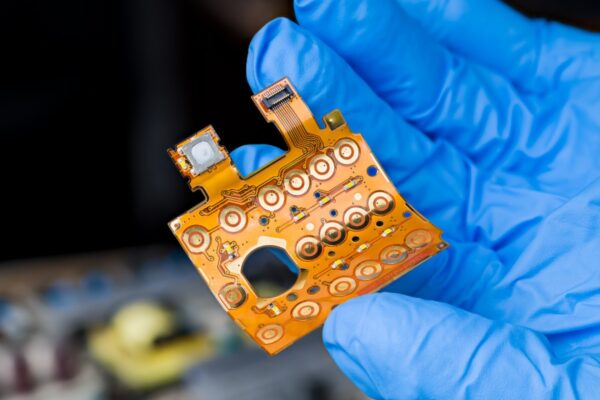What is Heavy Copper PCB
A heavy copper PCB, or thick copper PCB, is specifically designed to handle high current and high power applications. It is characterized by the presence of thick copper layers on both the internal and external layers of the board. Standard PCBs typically have copper layers with a thickness of 1 ounce per square foot (oz/ft²) or less, but heavy copper PCBs have copper layers ranging from 2 oz/ft² to as high as 20 oz/ft² or more.
The increased copper thickness in heavy copper PCBs allows for improved thermal conductivity, which is crucial in applications that generate a significant amount of heat. This enhanced heat dissipation capability helps to prevent overheating and ensures the reliability and performance of the PCB under harsh conditions.
The increased copper thickness in heavy copper PCBs results in a higher current-carrying capacity. The larger cross-sectional area of the copper conductors reduces electrical resistance, leading to reduced voltage drop and improved power efficiency. This makes heavy copper PCBs suitable for applications that require high current transmission.
Heavy copper PCBs offer enhanced durability and mechanical strength. The thicker copper plating in the plated-through-holes and connector sites provides robust electrical connections and improves the overall mechanical integrity of the board.
Due to these unique characteristics, heavy copper PCBs find applications in various industries that demand high power transmission. These include military and defense systems, rail traction systems, UPS systems, solar power converters, nuclear power industries, automotive industries, torque controls, power line motors, welding equipment, military equipment, safety and signal systems, and protection relays.





